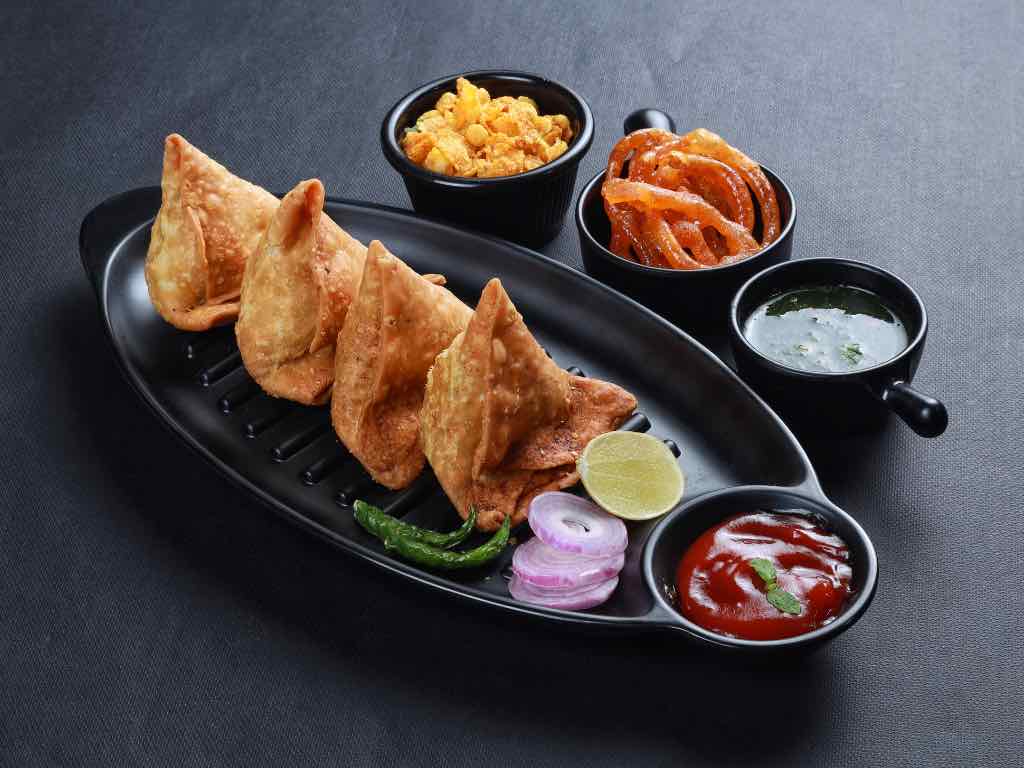
The Irresistible Delight of Vegetable Samosa: A Culinary Journey
|
|
Time to read 6 min
Welcome to One Stop Halal!
Written by: Najma A.
|
|
Time to read 6 min
In Indian cuisine, few dishes can match the universal appeal of the vegetable samosa. These delectable triangular parcels, filled with a medley of spiced vegetables, encapsulate the essence of Indian street food. With a crispy, golden-brown exterior and a flavorful interior, the vegetable samosa has won hearts and palates around the globe. This blog will delve into the origins, ingredients, preparation, and cultural significance of this iconic snack, exploring why it continues to be a beloved treat for people of all backgrounds.
The beauty of the vegetable samosa lies in its simplicity and versatility.
While the core ingredients remain consistent, the variations in spices and vegetables can result in diverse flavors. Here are the essential components of a classic vegetable samosa recipe:
The vegetable samosa isn't just a popular snack; it holds cultural significance in India and beyond. Here's a look at its various roles in different contexts:
Incorporating Samosas into Modern Cuisine While the traditional vegetable samosa is a timeless classic, modern chefs and home cooks have taken the liberty to experiment with both the filling and presentation. Here are some creative ways samosas have been adapted to suit contemporary tastes:
One of the most remarkable aspects of the vegetable samosa is its ability to transcend cultural and geographical boundaries. While it originated in India, it has become a beloved snack worldwide. Here's a glimpse of its global appeal:
Welcome to the Home of the Samosas. We carry various samosas that are hard to find elsewhere. We deliver to your doorstep anywhere in the United States within 1-2 business days.
The vegetable samosa is more than just a snack; it's a cultural treasure transcending borders and generations. From its humble origins in Persia to its widespread popularity across the globe, this triangular delight has left an indelible mark on the world of food. Its crispy, golden-brown exterior, and flavorful, spiced filling continue to captivate taste buds and bring joy to millions. Whether enjoyed on a bustling Indian street corner, at a festive family gathering, or as part of an international fusion dish, the vegetable samosa remains a culinary masterpiece that embodies the essence of sharing, savoring, and celebrating the rich tapestry of global cuisine. So, the next time you bite into a perfectly cooked samosa with vegetables, take a moment to appreciate the centuries of history and the world of flavors that this humble snack encapsulates.

© 2025 One Stop Halal, Inc.